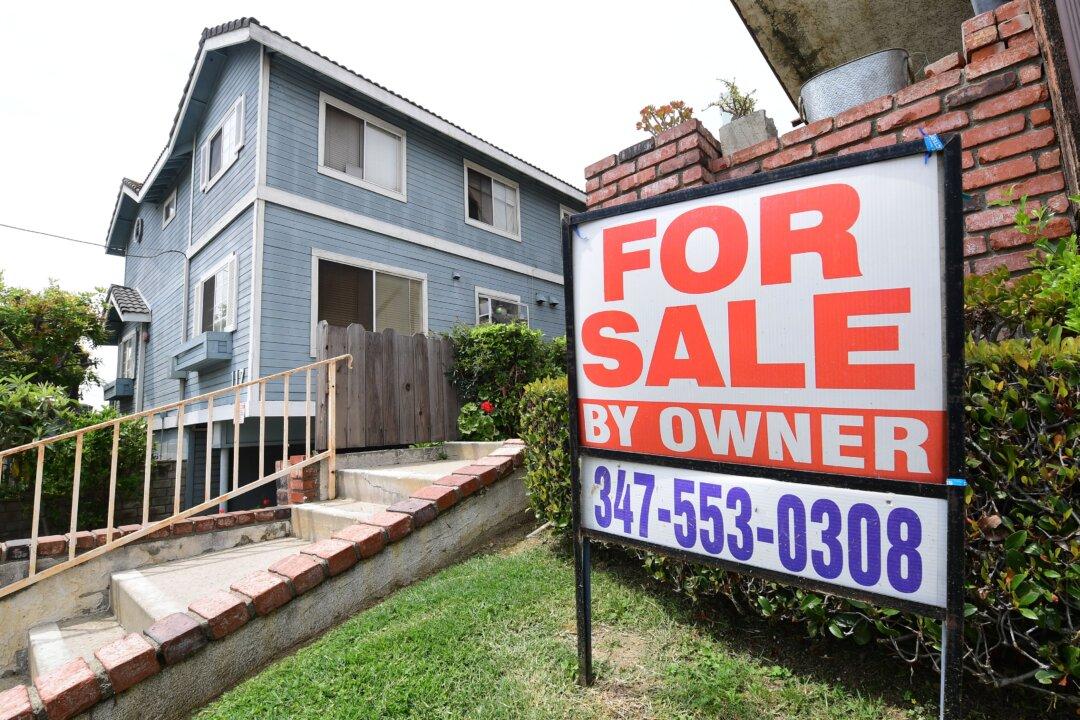Commentary
The economy is recovering—and may continue to grow if it’s allowed—but that doesn’t explain why housing prices remain at record highs for much of the country.

The economy is recovering—and may continue to grow if it’s allowed—but that doesn’t explain why housing prices remain at record highs for much of the country.